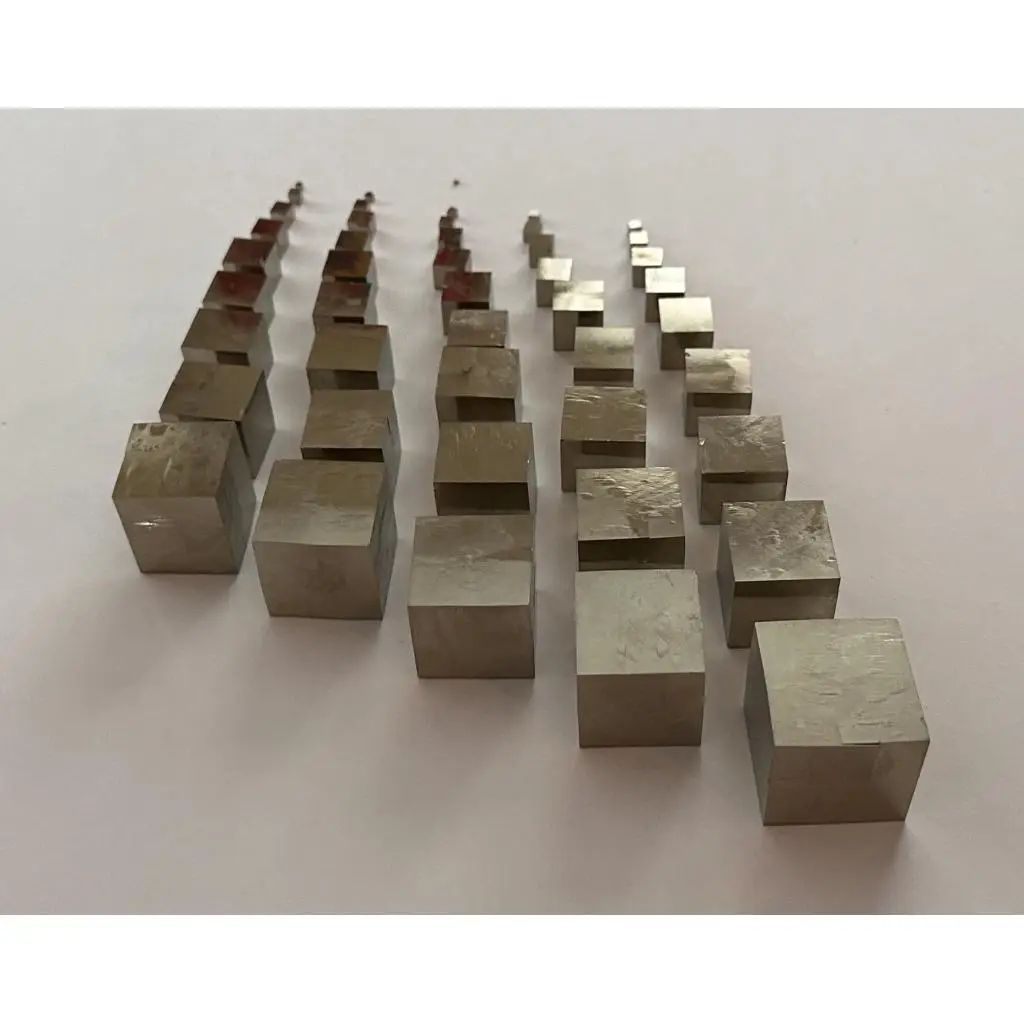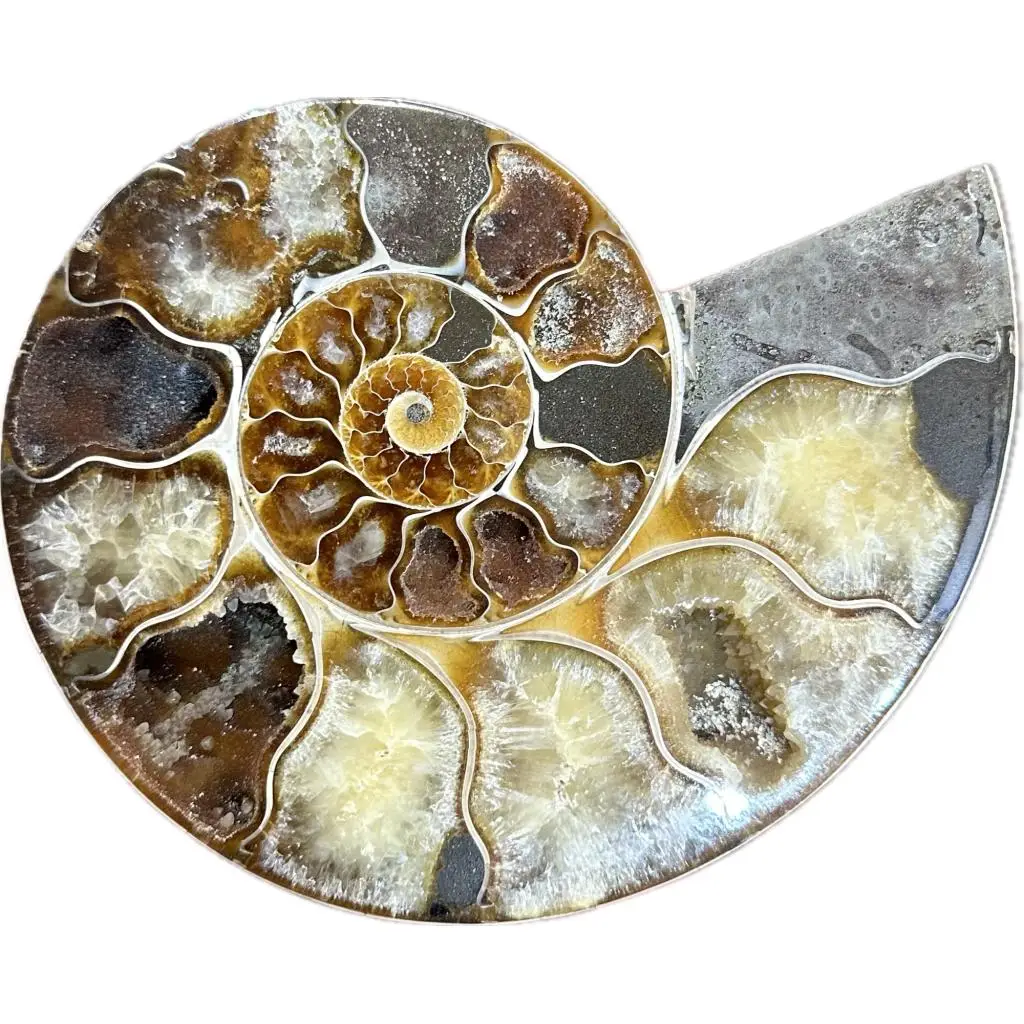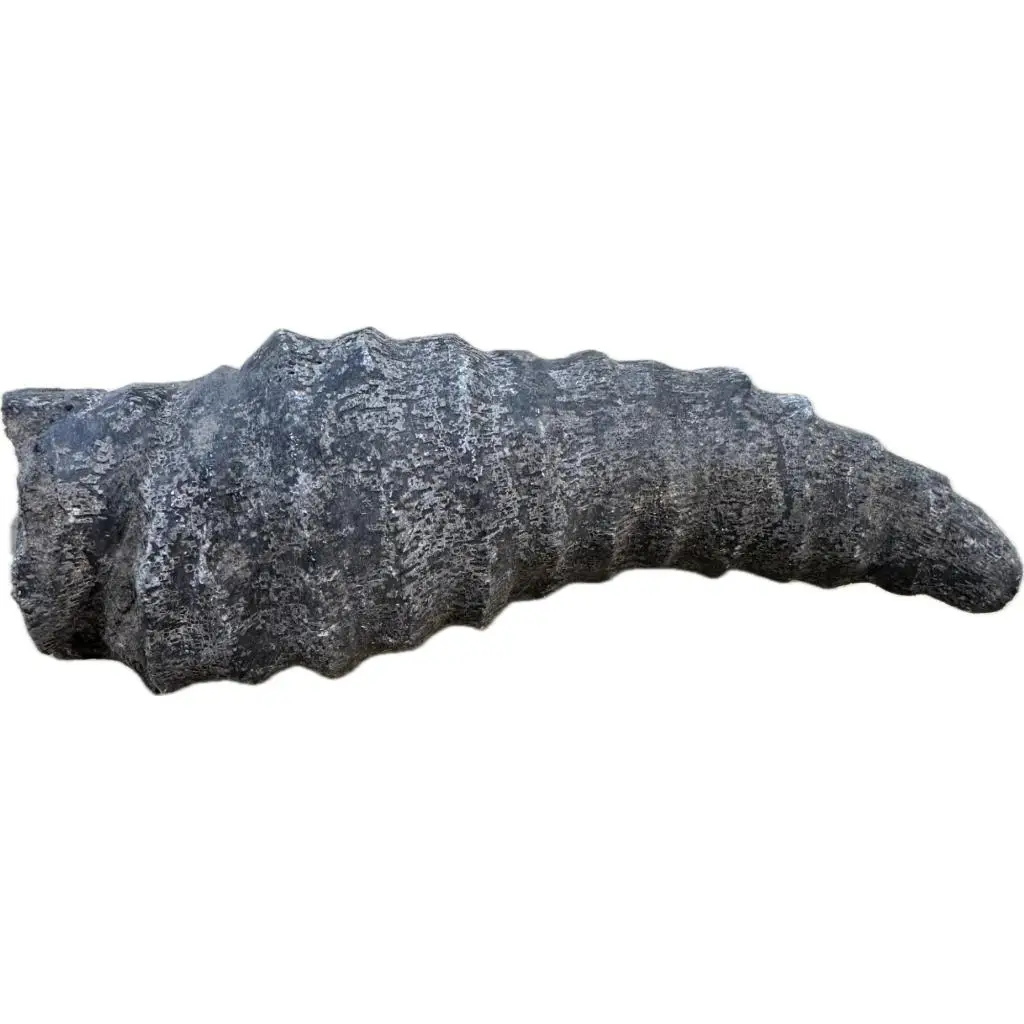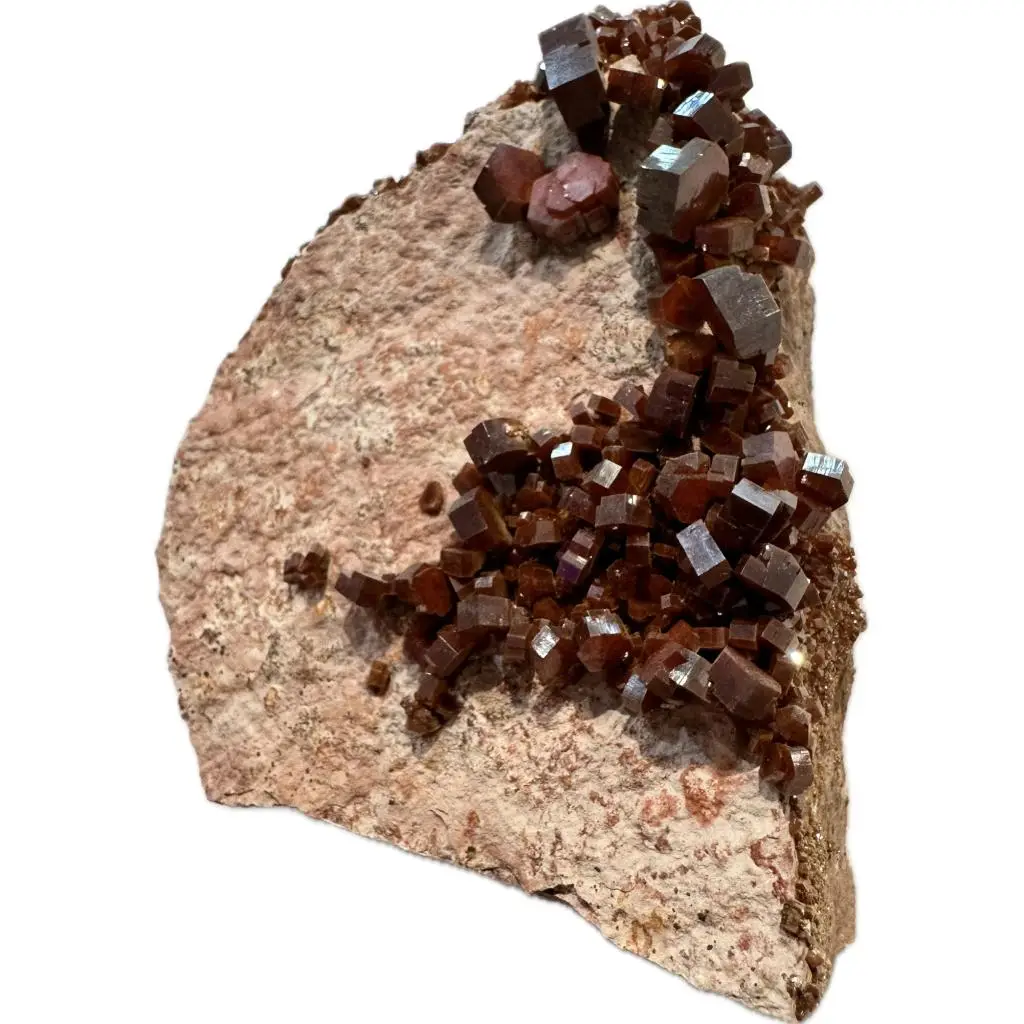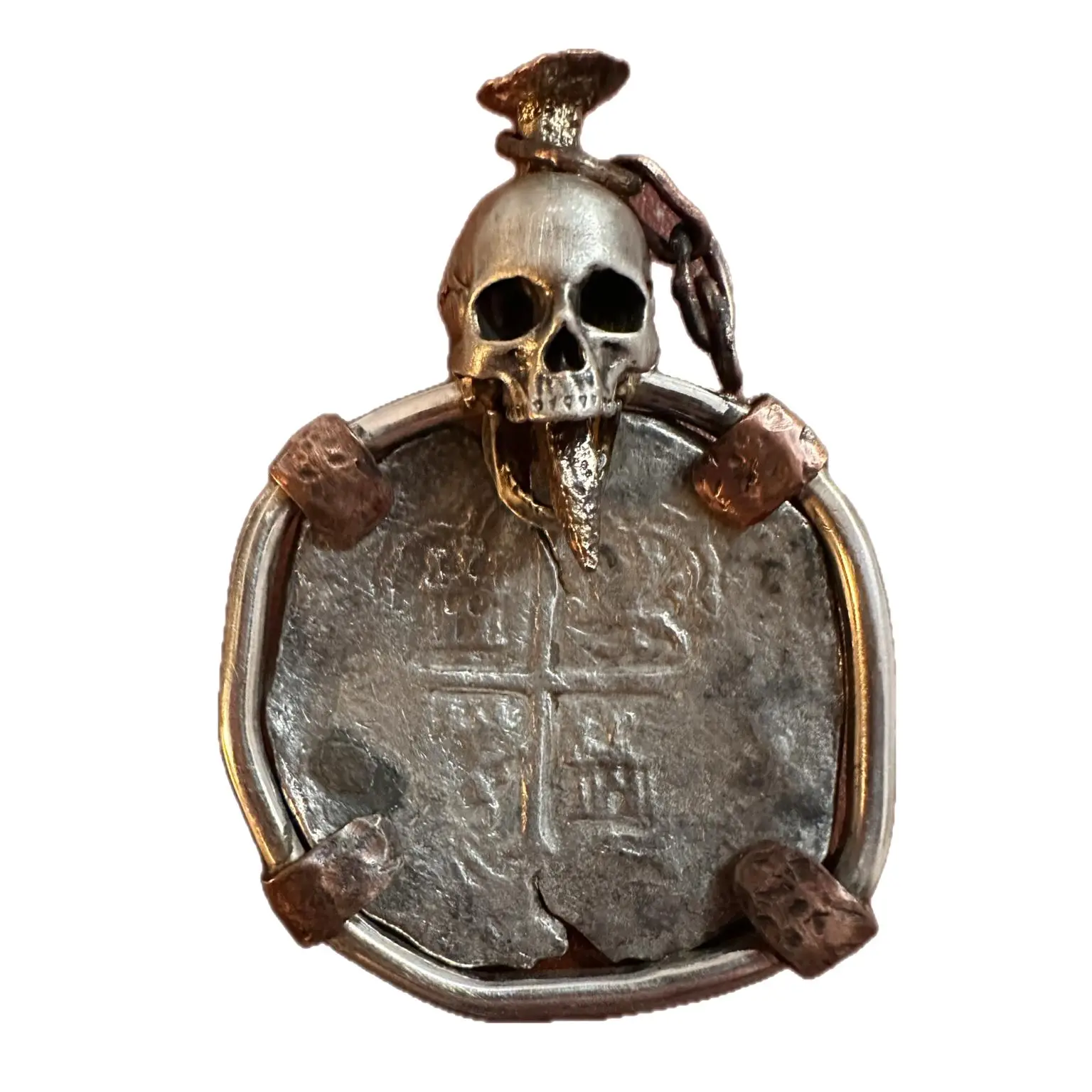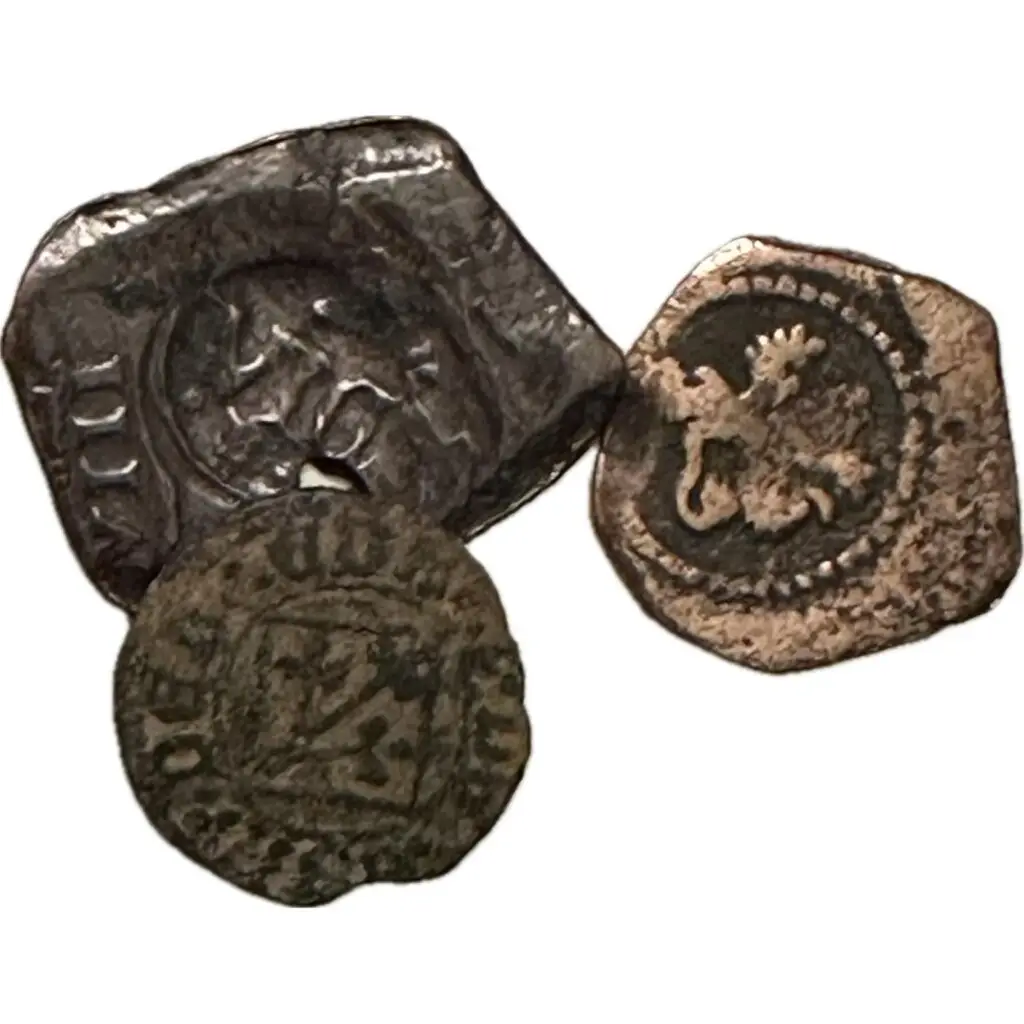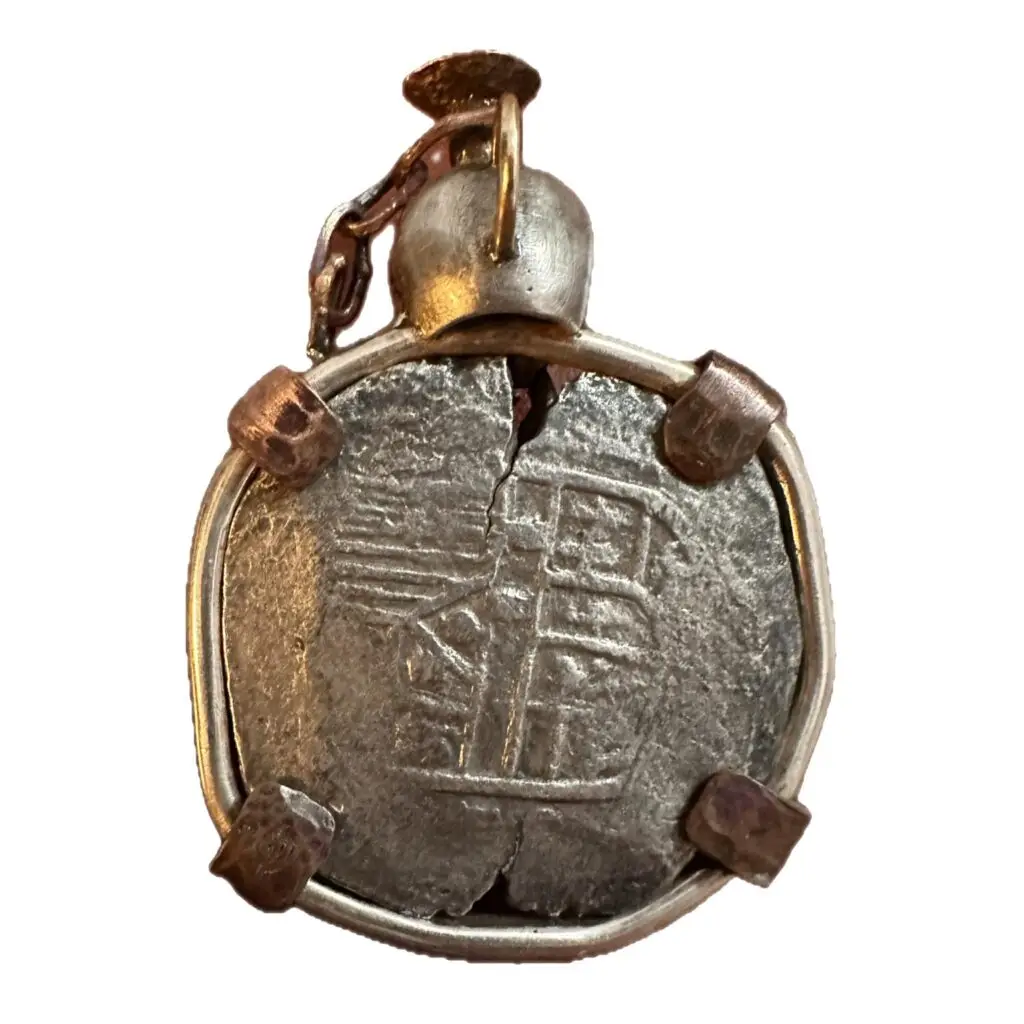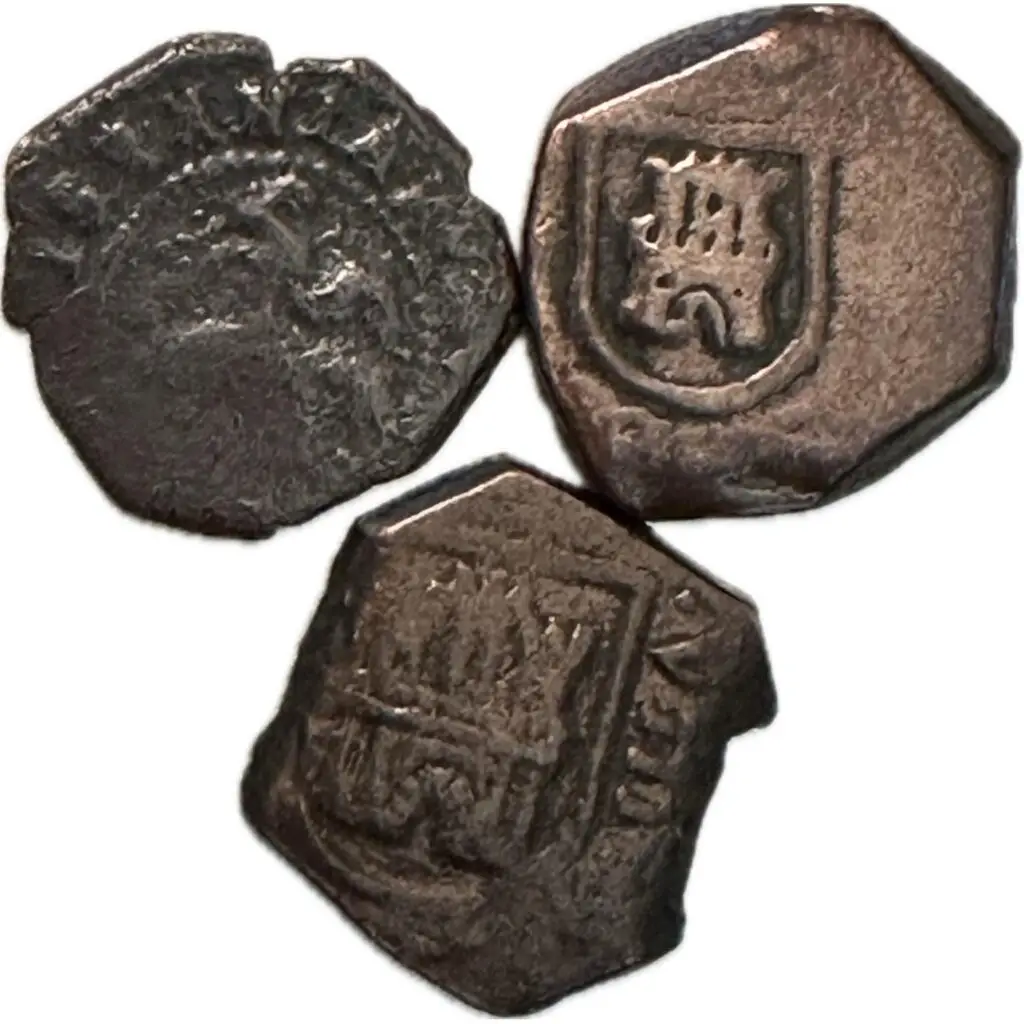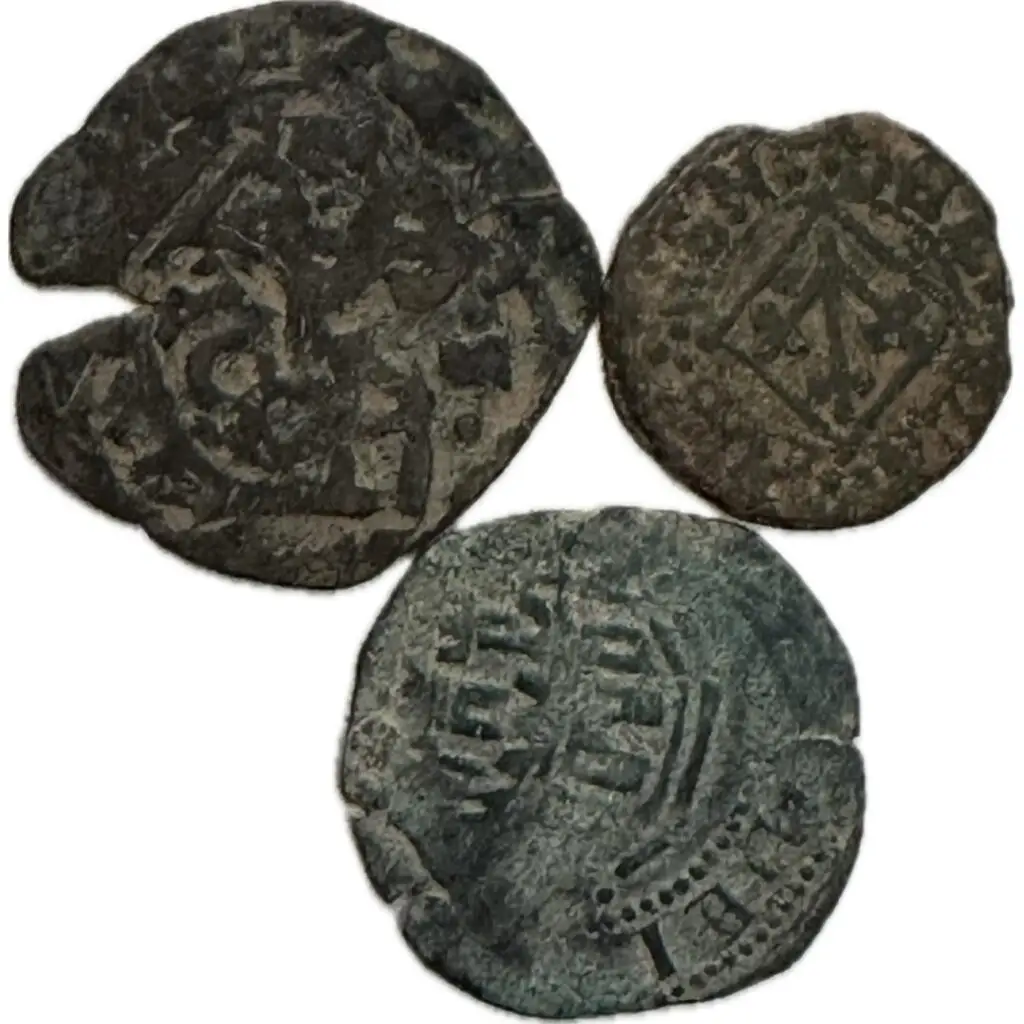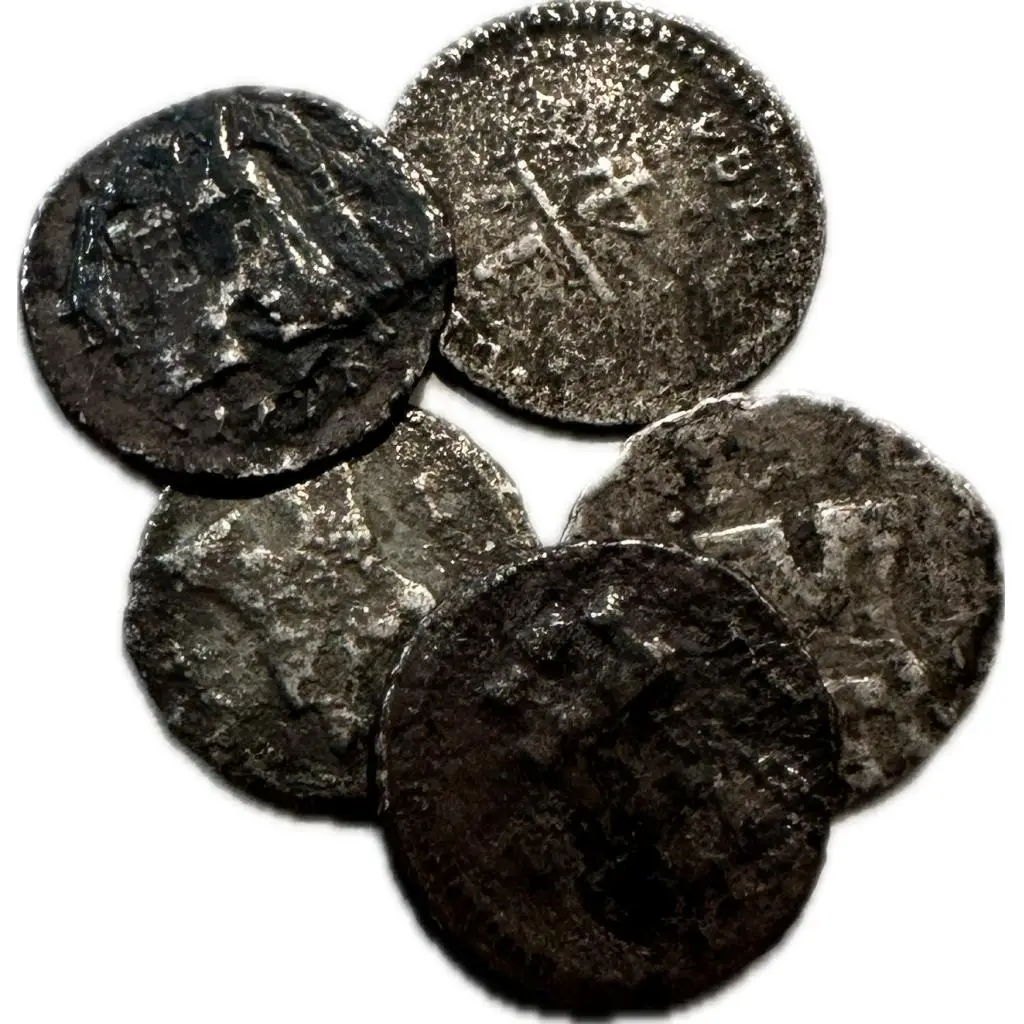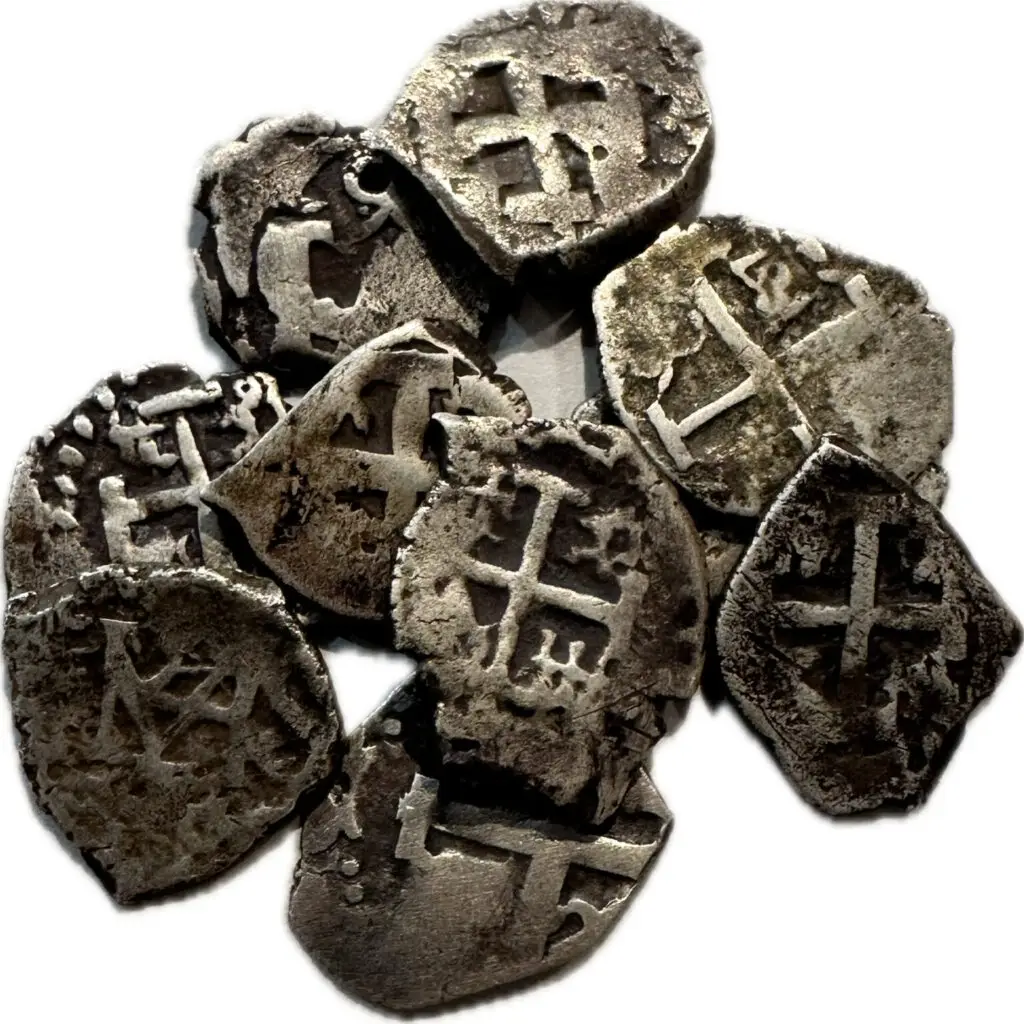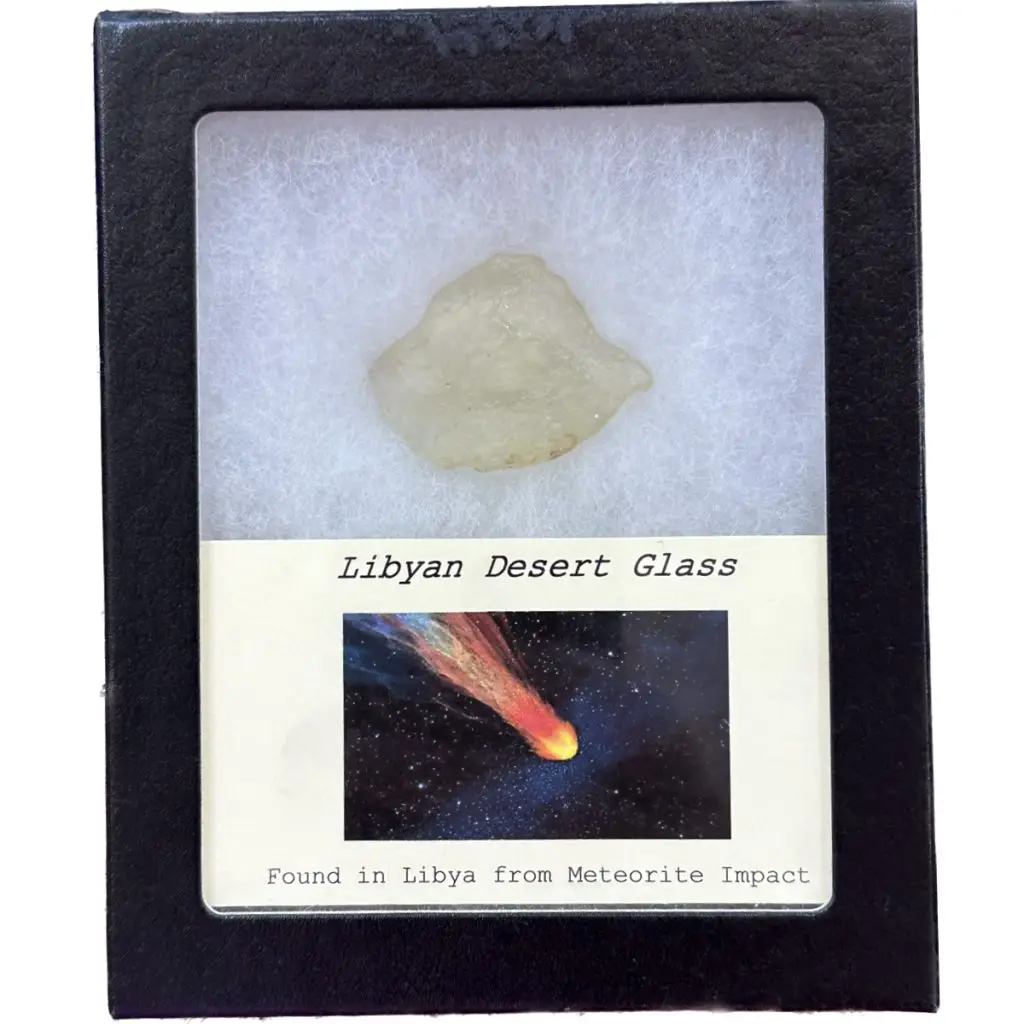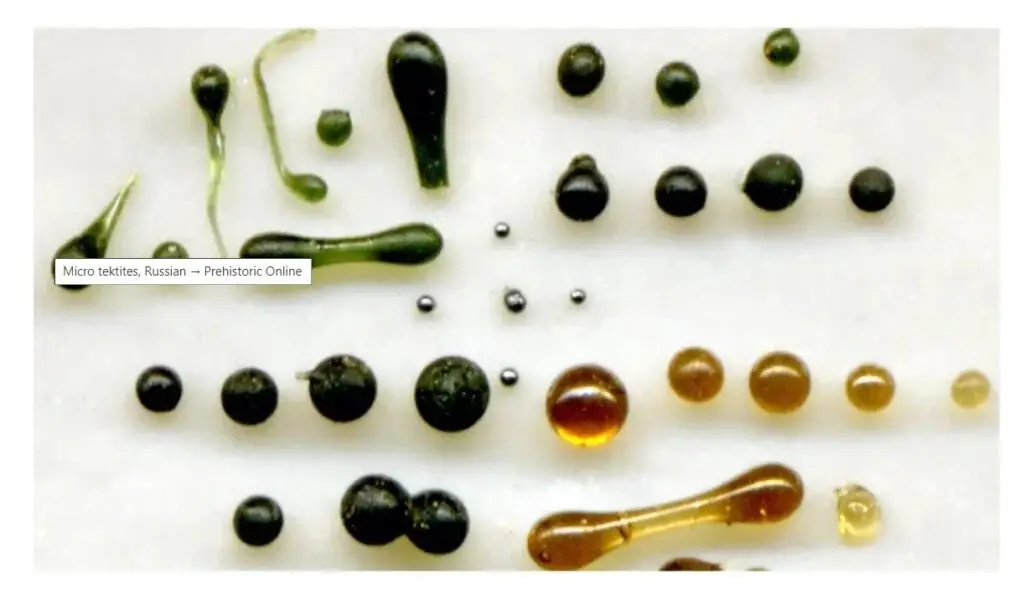Pyrite, Natures Geometric show!!
Pyrite, often referred to as “fool’s gold,” is a fascinating mineral with a rich history and significant geological variations across different regions. Spain and Peru are two countries that have been notable sources of pyrite, each contributing to our understanding of this mineral’s diverse properties and cultural significance.
Geological Origins:
Spain: Spain has a long-standing history of pyrite mining, with some of the world’s most significant deposits found in the Iberian Pyrite Belt. This geological formation extends across southwestern Spain and Portugal, encompassing a vast area rich in metal sulfides. The pyrite deposits in Spain are primarily associated with volcanic and sedimentary rocks, creating ideal conditions for the formation of this sulfide mineral.
The Iberian Pyrite Belt has been a crucial source of pyrite for centuries, and mining activities date back to ancient times. The region’s geology has contributed to the formation of large and high-quality pyrite crystals, making Spanish pyrite highly sought after by mineral collectors and researchers alike.
Peru: Peru, situated in the Andean region of South America, is another notable producer of pyrite. The country’s diverse geology, influenced by the Andes mountain range and associated tectonic activities, has led to the formation of various mineral deposits, including pyrite.
In Peru, pyrite is often found in association with other valuable minerals like copper, zinc, and gold. The Andean region’s complex geological history, characterized by volcanic and hydrothermal activities, has created conditions conducive to the formation of pyrite-rich deposits. Peruvian pyrite specimens are known for their distinctive features and are highly valued by collectors for their unique crystalline structures.
Physical Characteristics:
Spain: Spanish pyrite is renowned for its well-defined crystal formations and often occurs in large, impressive crystals. The crystals can exhibit a cubic or pyritohedral habit, showcasing the mineral’s characteristic metallic luster. The color of Spanish pyrite can vary from brassy yellow to a more golden hue, contributing to its nickname, “fool’s gold.” Some specimens may display iridescence, adding to their visual appeal.
Peru: Pyrite specimens from Peru exhibit their own distinct characteristics. Peruvian pyrite crystals can vary in size, with some specimens forming intricate clusters or interesting geometric shapes. The color of Peruvian pyrite tends to be slightly lighter than that of Spanish pyrite, often displaying a bright brassy yellow. The unique geological conditions in Peru contribute to the diverse forms and sizes of pyrite crystals found in the country.
Cultural Significance:
Spain: In Spain, pyrite has played a role in the country’s mining history and economic development. The extraction of pyrite for its sulfur content was essential for various industries, including the production of sulfuric acid. Additionally, the aesthetic appeal of Spanish pyrite has made it a sought-after mineral for collectors and has contributed to the growth of the mineral trade in the region.
Peru: In Peru, the significance of pyrite extends beyond its economic value. The country’s rich mineral resources, including pyrite, have been intertwined with indigenous cultures and traditions. The ancient Inca civilization, for example, valued certain minerals for their spiritual and ceremonial purposes. While the focus was often on precious metals like gold and silver, pyrite’s distinct appearance may have also captured the attention of ancient Peruvians.
Conclusion:
Pyrite from Spain and Peru provides a captivating lens through which we can explore the geological and cultural aspects of these regions. The Iberian Pyrite Belt in Spain has yielded impressive crystals that showcase the mineral’s aesthetic appeal, while Peru’s diverse geological landscape has contributed to unique pyrite formations. Both countries share a historical connection to pyrite mining, reflecting the mineral’s economic and cultural importance throughout the centuries. Whether admired for its crystalline beauty or valued for its role in industrial processes, pyrite continues to be a mineral of interest, inviting exploration into the Earth’s geological wonders and the cultural narratives woven around them.

